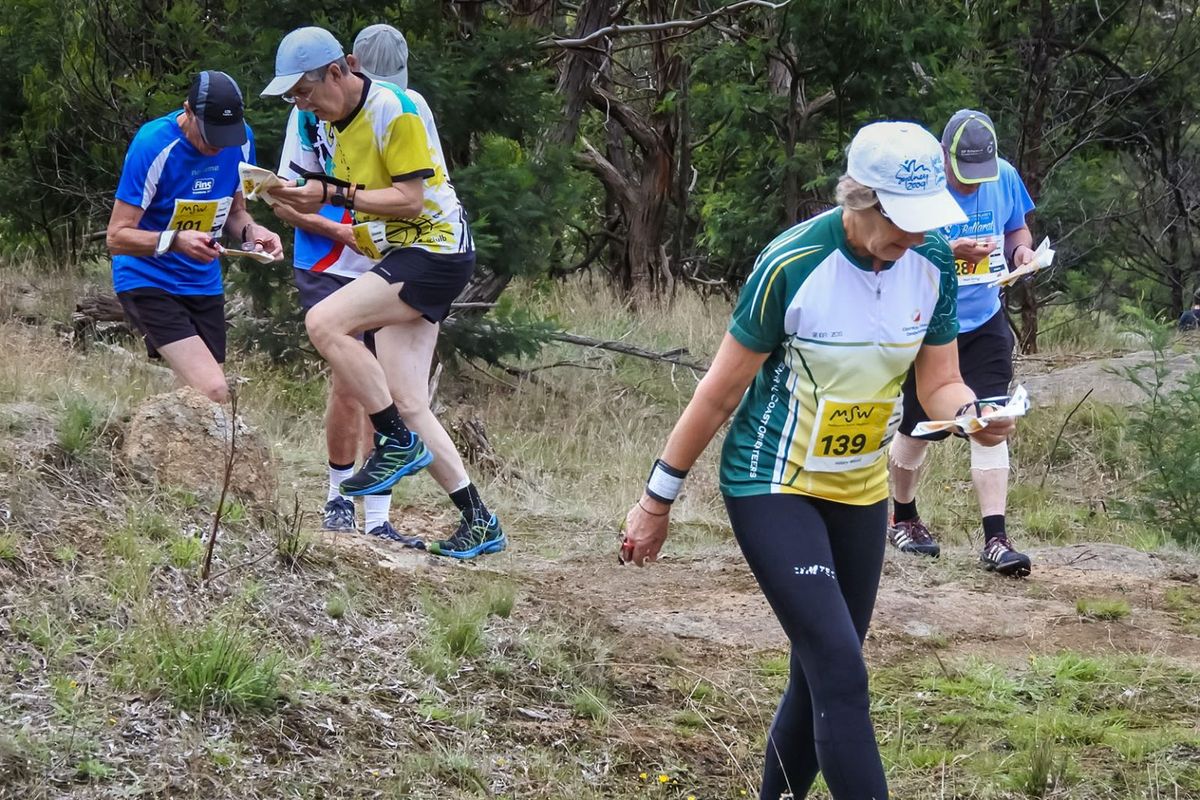
Orienteering is an exciting outdoor adventure sport that combines racing with navigation. Participants use a map and compass to navigate from point to point in diverse and usually unfamiliar terrain. But what makes orienteering so special? It's not just about speed; it's about strategy, quick thinking, and decision-making. Whether you're sprinting through a dense forest or trekking across open fields, every step counts. This sport offers a unique blend of physical and mental challenges, making it perfect for those who love the great outdoors and enjoy testing their limits. Ready to learn more? Here are 34 fascinating facts about orienteering that will get you hooked!
What is Orienteering?
Orienteering is an outdoor adventure sport that combines racing with navigation. Participants use a map and compass to navigate from point to point in diverse and usually unfamiliar terrain. It's a test of both physical and mental endurance.
- Orienteering originated in Sweden in the late 19th century as a military training exercise.
- The first public orienteering competition was held in Norway in 1897.
- Orienteering became an official sport in 1919 when the first large-scale competition took place in Sweden.
- The International Orienteering Federation (IOF) was established in 1961 to govern the sport globally.
- Orienteering is included in the World Games, a multi-sport event for sports not contested in the Olympic Games.
Types of Orienteering
Orienteering isn't just one thing; it comes in various forms, each with its unique challenges and thrills. Here are some popular types:
- Foot orienteering is the most common form, where participants run or walk.
- Mountain bike orienteering involves navigating on a bike, adding the challenge of cycling to the mix.
- Ski orienteering combines cross-country skiing with navigation.
- Trail orienteering focuses on precise map reading and is accessible to people with disabilities.
- Night orienteering takes place in the dark, requiring participants to use headlamps and navigate by night.
Essential Gear for Orienteering
To succeed in orienteering, having the right gear is crucial. Here's what you need:
- A detailed map is essential, often provided by the event organizers.
- A compass helps participants navigate accurately.
- Trail running shoes offer better grip and comfort on rough terrain.
- A whistle is a safety requirement in case of emergencies.
- A control card or electronic punching system is used to record visits to control points.
Orienteering Techniques
Mastering orienteering requires understanding various techniques. These skills help participants navigate efficiently and effectively.
- Map reading is the fundamental skill, involving understanding symbols and scales.
- Thumbing the map means keeping your thumb on your current location to avoid getting lost.
- Aiming off involves deliberately aiming to one side of a control point to ensure you hit a catching feature.
- Attack points are easily identifiable features near control points used to navigate accurately.
- Handrails are linear features like paths or streams that guide navigation.
Orienteering Competitions
Orienteering competitions are held worldwide, ranging from local events to international championships. These events test participants' navigation and endurance skills.
- The World Orienteering Championships (WOC) is the premier event, held annually.
- The European Orienteering Championships is another major competition, attracting top athletes.
- The North American Orienteering Championships is the largest event in North America.
- The O-Ringen is the world's largest orienteering event, held annually in Sweden.
- The Junior World Orienteering Championships (JWOC) is for athletes under 20, showcasing future stars.
Health Benefits of Orienteering
Orienteering isn't just fun; it's also great for your health. Here are some benefits:
- Improves cardiovascular fitness through running or walking.
- Enhances mental acuity by requiring quick decision-making and problem-solving.
- Boosts muscle strength due to varied terrain and physical effort.
- Reduces stress by spending time in nature.
- Promotes social interaction through team events and competitions.
Fun Facts About Orienteering
Orienteering has some quirky and interesting aspects that make it unique. Here are a few:
- Orienteering maps are incredibly detailed, often showing features as small as a boulder or a single tree.
- The sport is known as "the thinking sport" because it requires both physical and mental effort.
- Orienteering is popular in Scandinavia, with Sweden, Norway, and Finland having the highest participation rates.
- The sport has inspired video games, such as "Catch the Flag" and "Geocaching," which involve navigation and exploration.
The Final Stretch
Orienteering is more than just a sport; it's a blend of physical endurance, mental sharpness, and a love for nature. Whether you're a seasoned athlete or a curious beginner, there's always something new to learn and explore. From its military roots to its modern-day competitions, orienteering has evolved into a global phenomenon that challenges and excites participants of all ages.
Remember, the next time you pick up a map and compass, you're not just navigating through the woods—you're part of a rich history and a vibrant community. So lace up those running shoes, grab your gear, and get out there. The adventure awaits, and the only limit is how far you're willing to go. Happy orienteering!
Was this page helpful?
Our commitment to delivering trustworthy and engaging content is at the heart of what we do. Each fact on our site is contributed by real users like you, bringing a wealth of diverse insights and information. To ensure the highest standards of accuracy and reliability, our dedicated editors meticulously review each submission. This process guarantees that the facts we share are not only fascinating but also credible. Trust in our commitment to quality and authenticity as you explore and learn with us.
